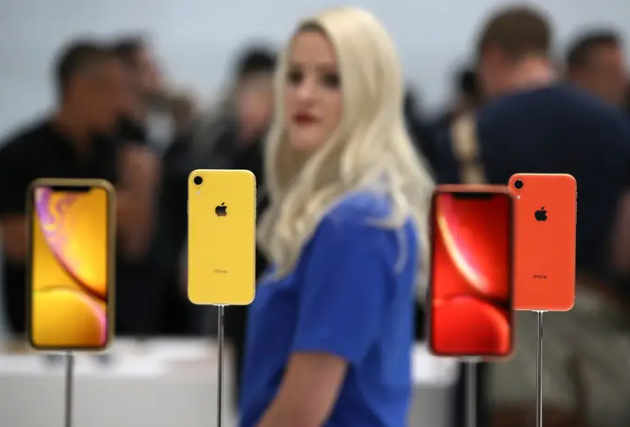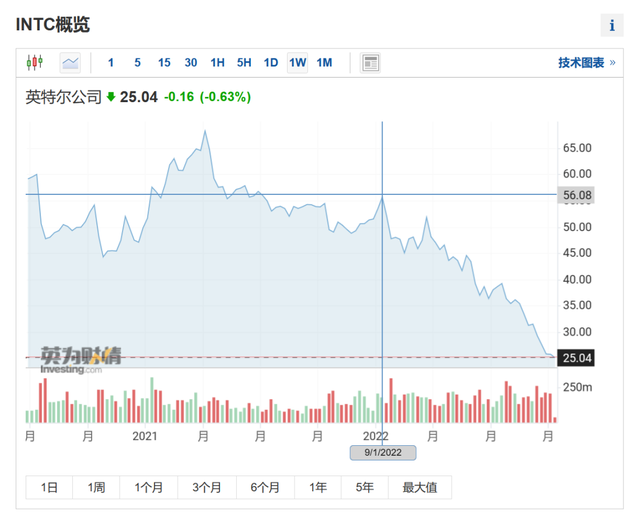your current location is:Home > Finance > depthHomedepth
It will take 5-10 years for humanoid robots to land in mass production?
This summer, the robotics track was packed with bigwigs.
Before the Tesla Bot humanoid robot Optimus (Optimus Prime) announced by Musk early in the morning, Lei Jun hurriedly launched Xiaomi's CyberOne (Tie Da).
On the other side of the ocean, home appliance giant Dyson invested 23 billion yuan to build a research laboratory. It just announced that it would launch a housework humanoid robot within ten years. Three months later, Amazon acquired iRobot, the originator of sweeping robots. Invested US$400 million to establish the Boston Dynamics Artificial Intelligence Research Institute.
The successive actions of the leading companies have also ignited the enthusiasm of the market. Brokerage agencies have published research papers. Tesla will mass-produce humanoid robots within two years. Which companies in the industry chain can eat meat?
"To talk about mass production, the possibility of 5-10 years is relatively high." An industry insider told AI Finance and Economics that Musk's words did make waves in the industry, but most people still have doubts. The biggest problem is that : What are the prospects for the landing of humanoid robots?
Has the human world reached a stage where robots need to replace labor?
Xiaomi learns people, intends to build cars?
"From last year's dog to this year's man, BTW19 joints... Let's congratulate, at least Mr. Lei still has the awareness to follow."
On August 11, Xiaomi's "Tie Da" staggered onto the stage with a flower in his hand, and had a playful conversation with Lei Jun. Not long after the press conference, Zhou Jian, CEO of Ubisoft, a domestic humanoid robot company, commented on the circle of friends.
By 19 joints, he refers to the number of joints used by Xiaomi's humanoid robot. Generally speaking, the larger the number of joints, the higher the flexibility and freedom of the robot, and the more fluent movements can be made.
In contrast, Tesla announced the launch of "Optimus Prime" at the end of September, which used 40 joints.
"Obviously, Xiaomi is following Musk's ideas," said a senior person from a robotics company.
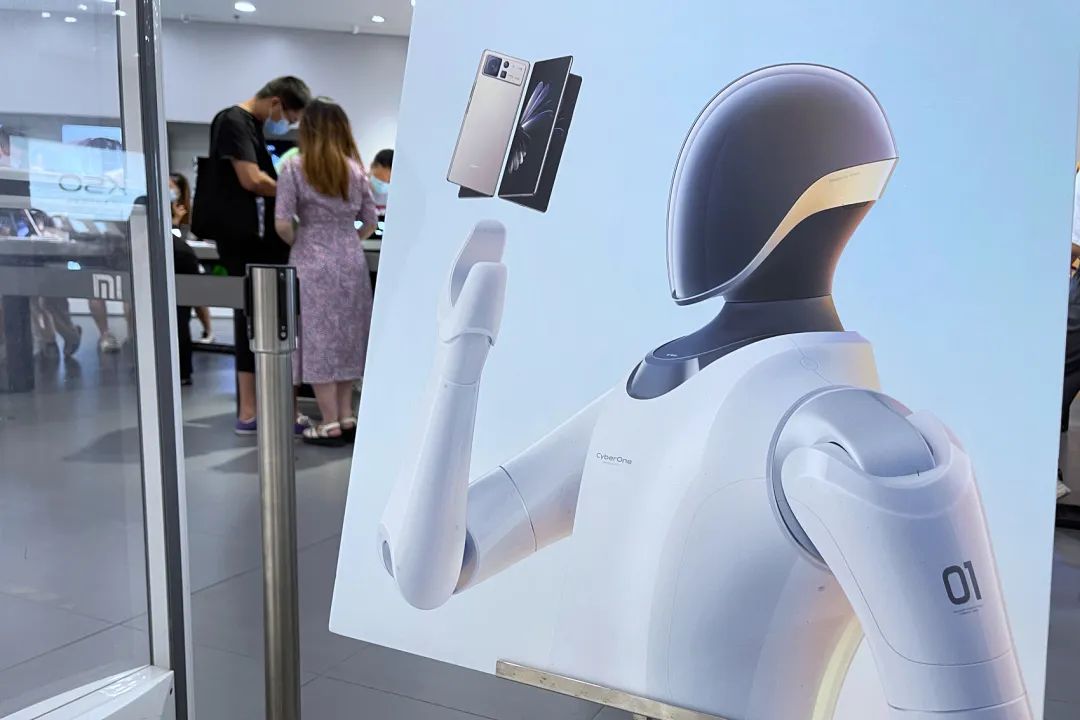 Xiaomi Iron Big Poster/Visual China
Xiaomi Iron Big Poster/Visual ChinaThe above-mentioned sources revealed that the technology used by Xiaomi's robot is not complicated. As early as 2017, the technology researched by top universities in China can trot outdoors.
Boston Dynamics, the world's leading robotics company, uses hydraulic methods to complete a series of difficult movements such as "parkour", jumping, and even backflips. In contrast, it is not surprising that the motor-driven "Tie Da" walks slowly and slowly, "like an old man with bad knees".
But the question left to the industry is, run up, and then what? In this summer, many companies swarmed to make humanoid robots, and even Musk gave a mass production schedule. The robot track, which has been difficult to commercialize for many years, seems to be lively again.
"For insiders, this is not even a 'muscle show'." An insider of a robotics company analyzed to AI Finance and Economics that the Cyber Dog released by Xiaomi last year was even more controversial, "If the technology can be launched this year The changed version of the robot dog 2.0 can still make people feel that there is something, but this has changed the model again, it can only be a gimmick."
Although there is no mass production plan, and the cost is as high as 600,000 to 700,000 yuan, Xiaomi's "human creation" plan has detonated the capital market, and many concept stocks continue to blow out. parts business.
The momentary hype also attracted rebuttals from industry insiders. The CEO of the robot unicorn company Dash said at a sharing meeting that the related humanoid robot concept stocks recommended by many securities companies recently mentioned a number of listed companies in the fields of reducers, controllers and thermal management. Not a supplier of humanoid robots."
However, according to the analysis of the institutions, the core components of the robot account for 70% of the cost of the whole machine. If the humanoid robot can really achieve mass production, it will indeed open up the global trillion-level blue ocean market.
Moreover, the logic of car companies creating "people" is very smooth. He Xiaopeng and Musk have said on different occasions that technology in the field of autonomous driving can be transferred to humanoid robots.
Tesla has previously revealed that the Tesla Bot "Optimus Prime" head will be equipped with the same intelligent driving camera as its own car, and will share the AI system with the car - in other words, the Tesla humanoid robot continues the vision-based legend. Sense of technical route.
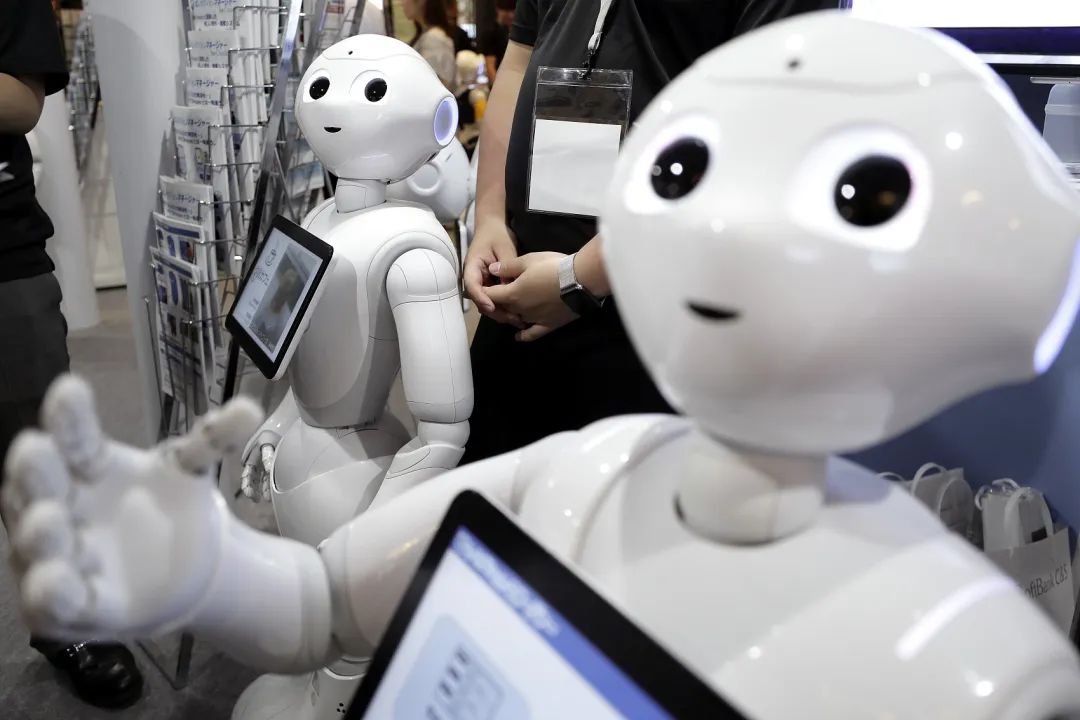
"If we say that the previous car was a sofa + four wheels, it was a typical industrial product. A smart car is essentially a mobile space with AI + four wheels. A smart car has become an application scenario of AI. The AI applications here include not only automatic driving, but also perception and recognition of car usage scenarios/user intentions, etc. At this time, the logic of cars and robots is closer. So.Car founder Zhang Xiaoliang introduced to AI Finance and Economics, "Smart car companies At the same time as engaging in smart cars, it is logical to also engage in robots. "
"Recover the investment in smart cars first, which can greatly reduce the investment risk in the humanoid robot market, which is not so clear but has room for imagination." Zhang Xiaoliang said.
Therefore, it is not surprising that Xiaomi, who intends to enter the market to build cars and promise to enter the first echelon of the autonomous driving industry in 2024, shows its technical capabilities in such a way. At the press conference, Lei Jun also said that many technologies on CyberOne, such as space reconstruction, come from the autonomous driving department.
Unprofitable robot company
"In the past two years, we have emphasized the need for solid implementation and real value." An insider of a robot company analyzed to AI Finance and Economics, "Xiaomi's humanoid robot is more of a product promotion (brand promotion) effect."
Previously, the company has also made a concept robot, which has a good reputation overseas, but due to various reasons such as the landing scene, pricing, scarcity, etc., the sales volume did not meet expectations and production was reduced.
"Now, companies with high market value such as Ecovacs and Roborock Technology can produce (products) that really solve the just-needed and replace manual labor." The above-mentioned person said.
In fact, since the beginning of this year, even the head companies of service robots such as Purdue and Qinglang have been exposed to personnel optimization. The ones that can really go to the market and can be landed are the non-biped robots with strong stability. But even so, due to the high cost of production and research and development, there are only a handful of profitable companies on the market.
The star head company Boston Dynamics has also changed hands three times in seven years. During this period, SoftBank, which has always been a big business, had to transfer it to others.
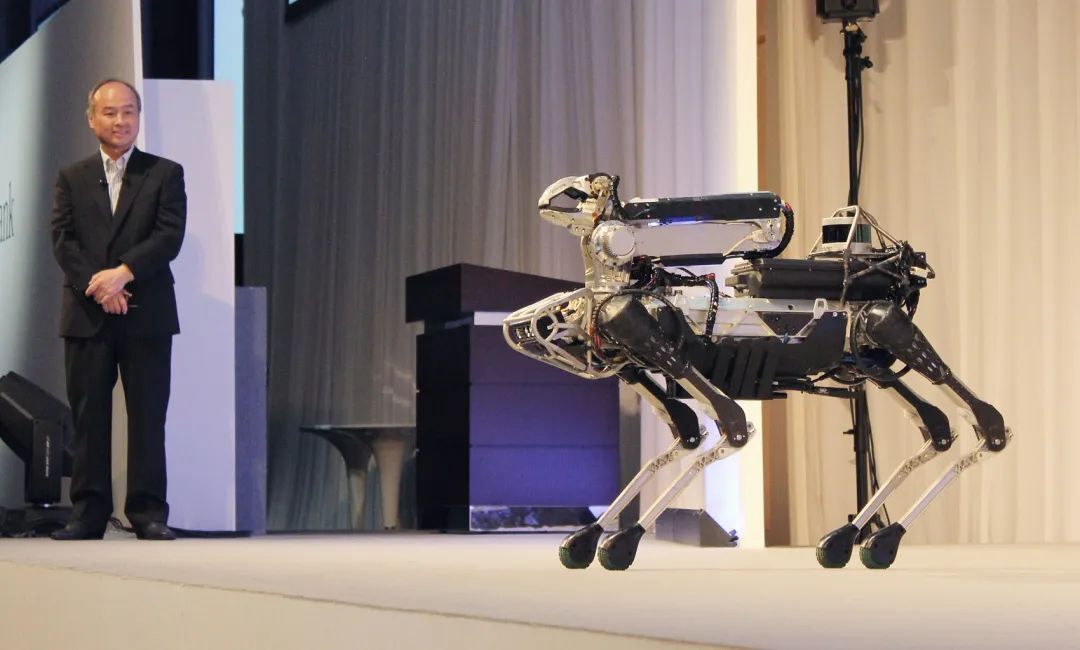 Spot Mini, a quadruped robot developed by Boston Dynamics, exhibited at a SoftBank Group event / Vision China
Spot Mini, a quadruped robot developed by Boston Dynamics, exhibited at a SoftBank Group event / Vision ChinaA robot dog that can parkour, jump high, and do backflips is inseparable from the most cutting-edge technologies, including balance control algorithms, hydraulic drive technology and perception, navigation and sensing technologies.
But after "showing off the skills", we must consider the issue of commercialization. It's not that Boston Dynamics hasn't made a similar attempt. SoftBank has also invested $37 million (about 230 million yuan) in support of Boston Dynamics' development of the commercial robot Spot Mini for businesses and consumers.
But the money just smashed and disappeared into endless research data.
Boston Dynamics has an absolute advantage in technology, but as a commercial company, its value continues to decline. In 2013, Boston Dynamics was acquired by Google, transferred to SoftBank in 2017, and then transferred to Hyundai Group Holdings at the end of 2020. The company’s valuation is $1.1 billion, just enough to reach the threshold of a unicorn, and its valuation is higher than 6 years ago. down 66%.
Looking back at home, even the “cloud robot” promoted by the robot unicorn company, Cloud Robot, accounted for only 12.1% of the business in 2018, and only 2.6% in the first quarter of 2019. The main income still comes from Cloud solutions and smart devices.
Retired because of expensive
In fact, when the domestic robot track is hot, the first wave of humanoid robots that people are familiar with have been "retired".
The millennium saw the birth of Asimo, a symbol of Japan's pioneering robotics. The child-sized robot rang bells on the New York Stock Exchange, conducted the Detroit Symphony Orchestra, welcomed President Obama when he was visiting Japan, appeared on American morning talk shows and formed a dance troupe of its own.
In 2011, after the seventh system update was completed, the Asimo research project did not have any major updates. Until 2018, when Honda declared the project "dead", Asimo happened to be 18 years old.
For more than 20 years, Asimo has mastered running, jumping on one leg, using five-finger sign language, and pouring coffee from a flat-bottomed glass to a paper cup. The naive Asimo once became a classic image of a humanoid robot: a cute companion who doesn't seem to have an "uncanny valley" effect.
The final form of Asimo has 57 movable joints, which can easily imitate human dancing. It has high physical flexibility, battery life of up to 40 minutes, and can communicate with people in three languages, Japanese, Chinese and English.
In April of this year, Honda Motor Co. officially announced the retirement of Asimo. Previously, Asimo had been walking and dancing to demonstrate the robot's capabilities to the public at a demonstration center at the company's Tokyo headquarters. However, the feasibility of functional landing has always been a difficult problem in the commercialization of humanoid robots.
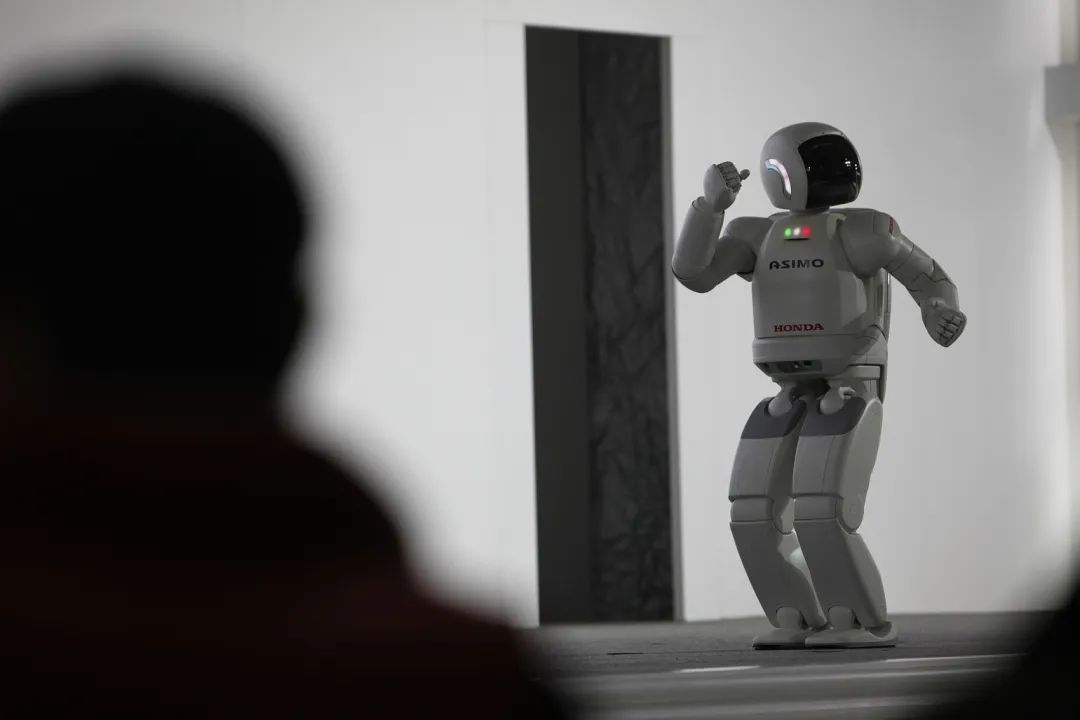 Robot Asimo at auto show event / Vision China
Robot Asimo at auto show event / Vision ChinaLess than a year ago, SoftBank also restructured its robotics business (Softbank Robotics). And back in August 2020, SoftBank had discontinued its most prestigious robot, Pepper. This robot, which once invited Ma Yun, Sun Zhengyi, and Guo Taiming's "Three Giants" platform, caused SoftBank to owe $274 million at one time.
Pepper uses natural language interaction and emotional judgment as its main selling points. The original design concept is to accompany humans, but the sales results are not satisfactory. SoftBank moved to the commercial market in 2015. Even so, Pepper's simple functions, large size, and low production capacity made it difficult to promote, and the company suffered losses one after another.
This actually reveals a cycle logic of robots: it needs to invest in research and development, the cost of research and development is high, the high cost cannot be mass-produced, the commercialization prospects are unclear, and there is no money to be credited for research and development.
At present, the application scenarios of consumer-grade robot dogs are almost equivalent to an expensive "toy". According to the information on the official website of Yushu Technology, the load capacity of the robot dog is 5kg, the maximum can reach 40kg, and it can carry people under the limit state. But apparently, few people actually use robotic dogs to carry people. Using a robot dog that costs more than 10,000 yuan to "deliver food" and "take express delivery" is too extravagant.
Yushu Technology, which claims to have sold thousands of units and has achieved self-financing, has entered the game as a quadruped robot, which is the result of comprehensive consideration of cost, stability and commercialization prospects.
Data from the Ministry of Industry and Information Technology shows that my country's robotics industry is still operating at a loss in the past two years. Especially in 2020, the net profit of robot companies above designated size will drop by 26.9% year-on-year, and the industry profit rate will only be 3.33%. Even the cleaning robots and industrial robot tracks with higher penetration and penetration rates have not completely escaped losses, let alone bionic robots.
For this reason, Musk proposed to let robots enter the home in the future, but the response was varied. "Based on the current technology, we are still far from the goal of entering the family, and there is still a long way to go. But it is a good thing that some companies have started to do it." CEO of the four-legged robot company Yunshen, doctoral tutor of Zhejiang University Zhu Qiuguo said.
Going to the future, why humanoid
Humans' feelings for robots can be described as both admiration and fear. Human beings not only enjoy the intellectual exploration as "creators", but also fear to create terrifying opponents that have self-consciousness, are not controlled by humans, and even finally counterattack humans and snatch the few survival resources.
Robot, the term comes from a Czech play called "Rosom's Universal Robot", is an evolution of the Czech word "Robota" (meaning coolie). In the beginning, the purpose of human beings was to produce better "tools" to do boring, hard and boring work to replace and liberate human beings. But at the end of the show, self-aware robots take over Earth and destroy their creators.
The history of humanoid robots can be traced back to the end of the 15th century. In Leonardo da Vinci's pen, a "clockwork knight" was drawn, with a humanoid torso, arms and movable head. Limited by the natural science and technological imagination of the time, this "machine warrior" was powered by wind and water.
It was not until 1927 that the Westinghouse Company in the United States produced the first humanoid robot in human history, Televox. Although unable to walk, it can "answer the phone" and answer simple questions. The following year, at the London Engineering Exhibition, the booth of the British humanoid robot Eric, which can move its limbs, rotate its head, and respond to voice, was crowded with audiences who came to admire "Future Technology". But actually, Eric can't speak at all. Its sound is pre-recorded.
Ten years later, on the basis of Televox, Westinghouse created the "motorcycle" Elektro, which is controlled by cables, can walk, and can smoke. Many believe that this is the real first humanoid robot -- at least, able to move like a human.
In 1972, the WABOT-1 robot produced by Waseda University in Japan was the world's first full-scale humanoid robot, which could communicate with people in Japanese and grasp and transport objects. The successor, the WABOT-2, is also capable of reading sheet music and playing the electronic keyboard.
And since its release in 2000, ASIMO is the world's most advanced robot, the first bipedal robot capable of running, jumping and using stairs. But there is only one Asimo in the world. As a comprehensive display of Japan's scientific and technological capabilities, it shuttles between various exhibitions and becomes a world-renowned "mascot"-like existence.
And Boston's most famous humanoid bipedal robot, Atlas, has no plans to put it on the market at all. Industry insiders generally believe that this is just a technical accumulation and exploration for quadruped robots with real application prospects.
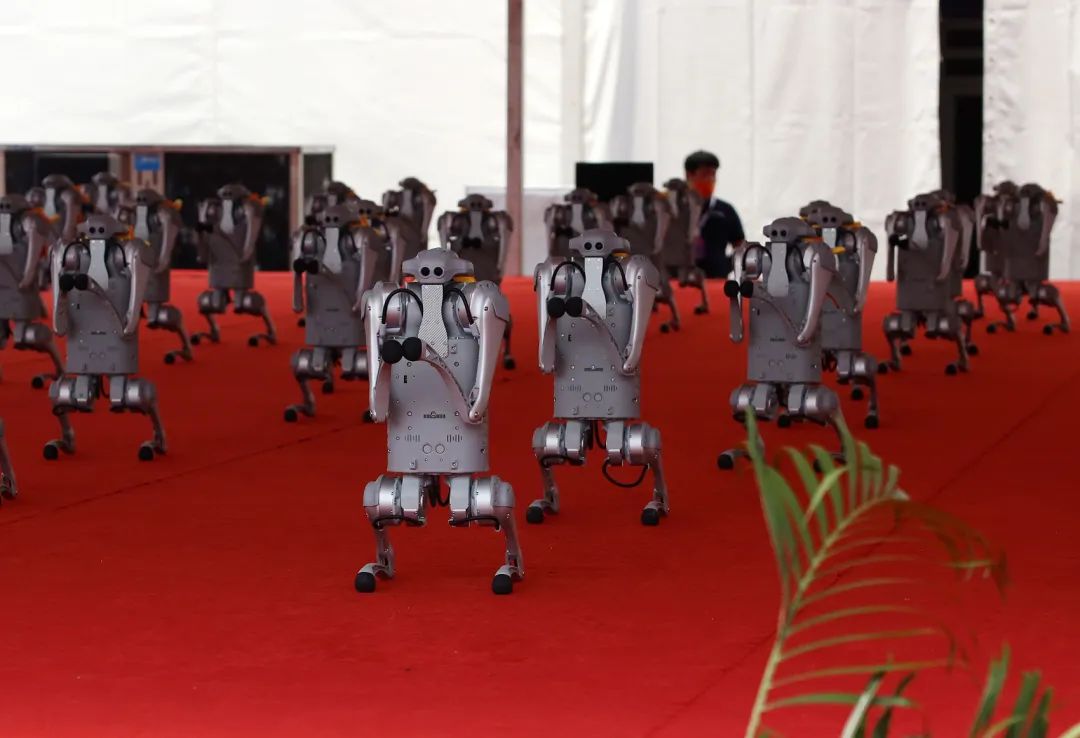 2022 World Robot Conference, Yushu Technology exhibited 130 "Robot Tigers" / Vision China
2022 World Robot Conference, Yushu Technology exhibited 130 "Robot Tigers" / Vision ChinaYushu Technology has cooperated with Baidu to find a landing scene for trying a robot dog: a guide dog. As a result of research and development, it can only be displayed in specific scenes with simple road conditions. Without "brain" control, it is still difficult for machines to automatically recognize complex road conditions, respond to them, and plan a correct and safe route. Moreover, the price of a robot dog is much higher than that of breeding a real dog as a "guide dog". Back to the end, there is still a long way to go before it is put into practical use.
All in all, humans are powerful because of their developed, sophisticated brains, not their size. Whether it is a quadruped or a biped robot, if only the appearance is similar, and there is no practical application scene that can be landed, the robot can only become the "mascot" at the exhibition, the "star signboard" of the enterprise, and the king of the community. "Social Toys".
Previous:Dell's second-quarter revenue of $26.4 billion and net profit fell 20% year-on-year
Next:Unity splits its Chinese business: digging deep into the game engine market
related articles
Article Comments (0)
- This article has not received comments yet, hurry up and grab the first frame~







